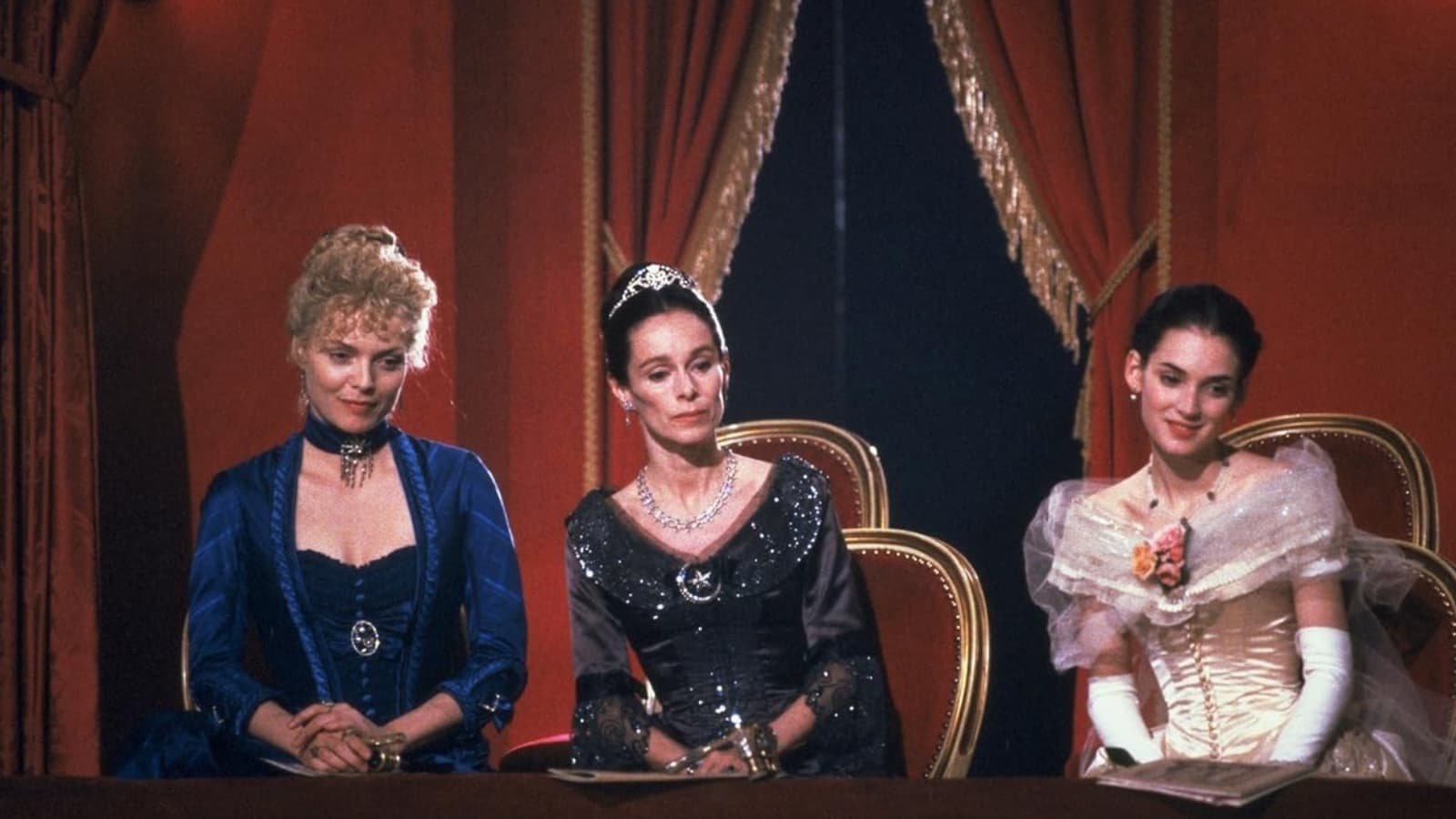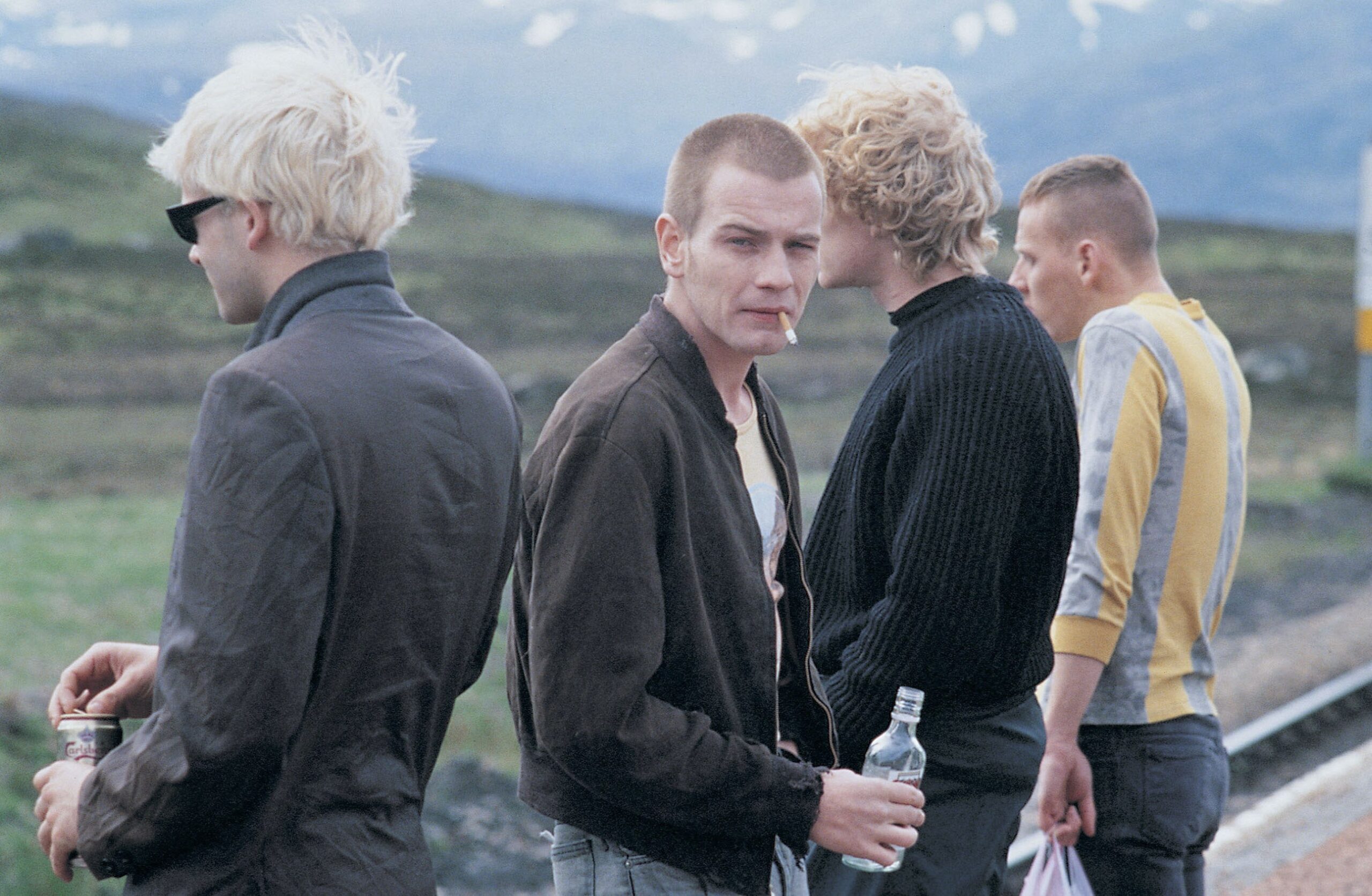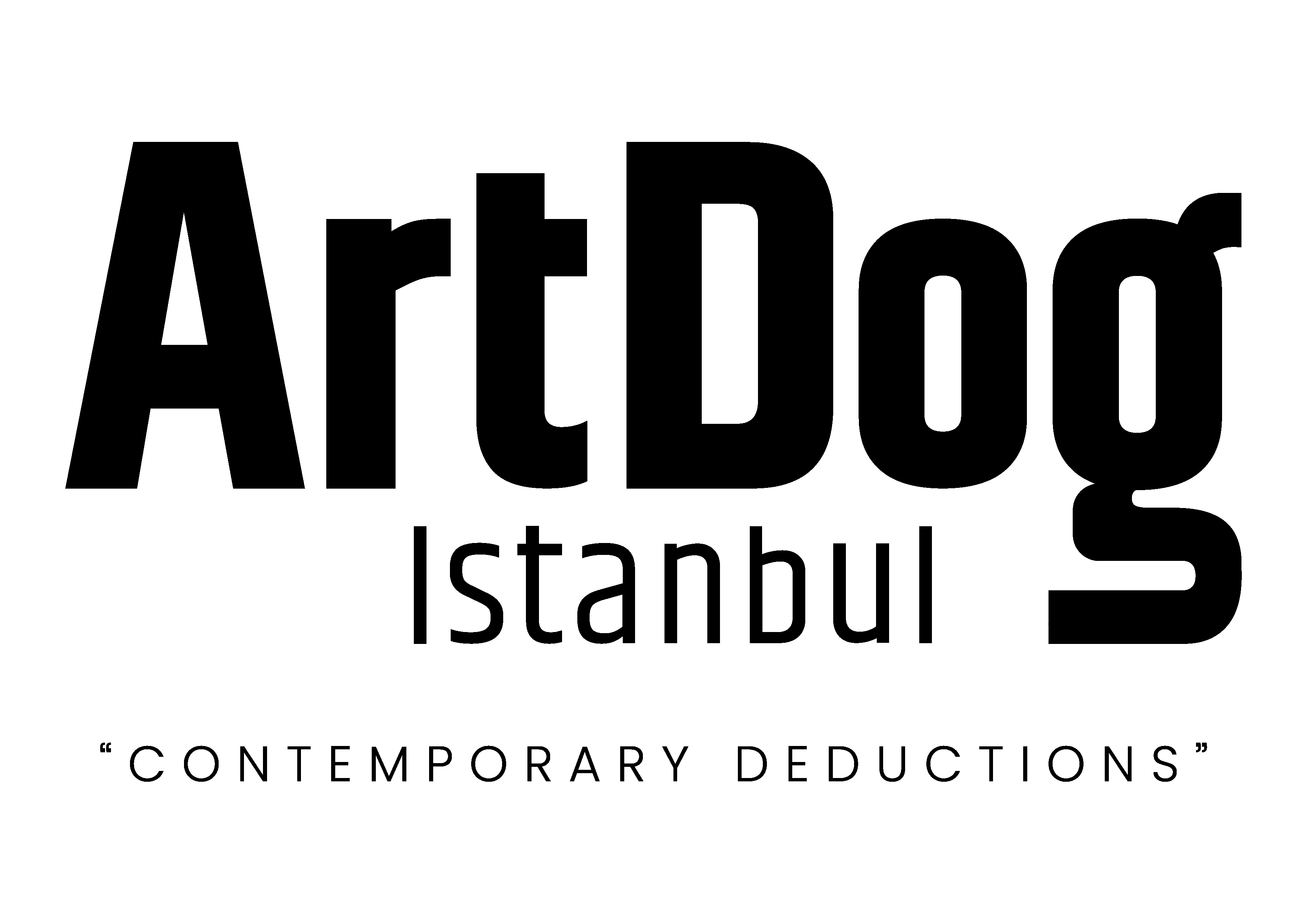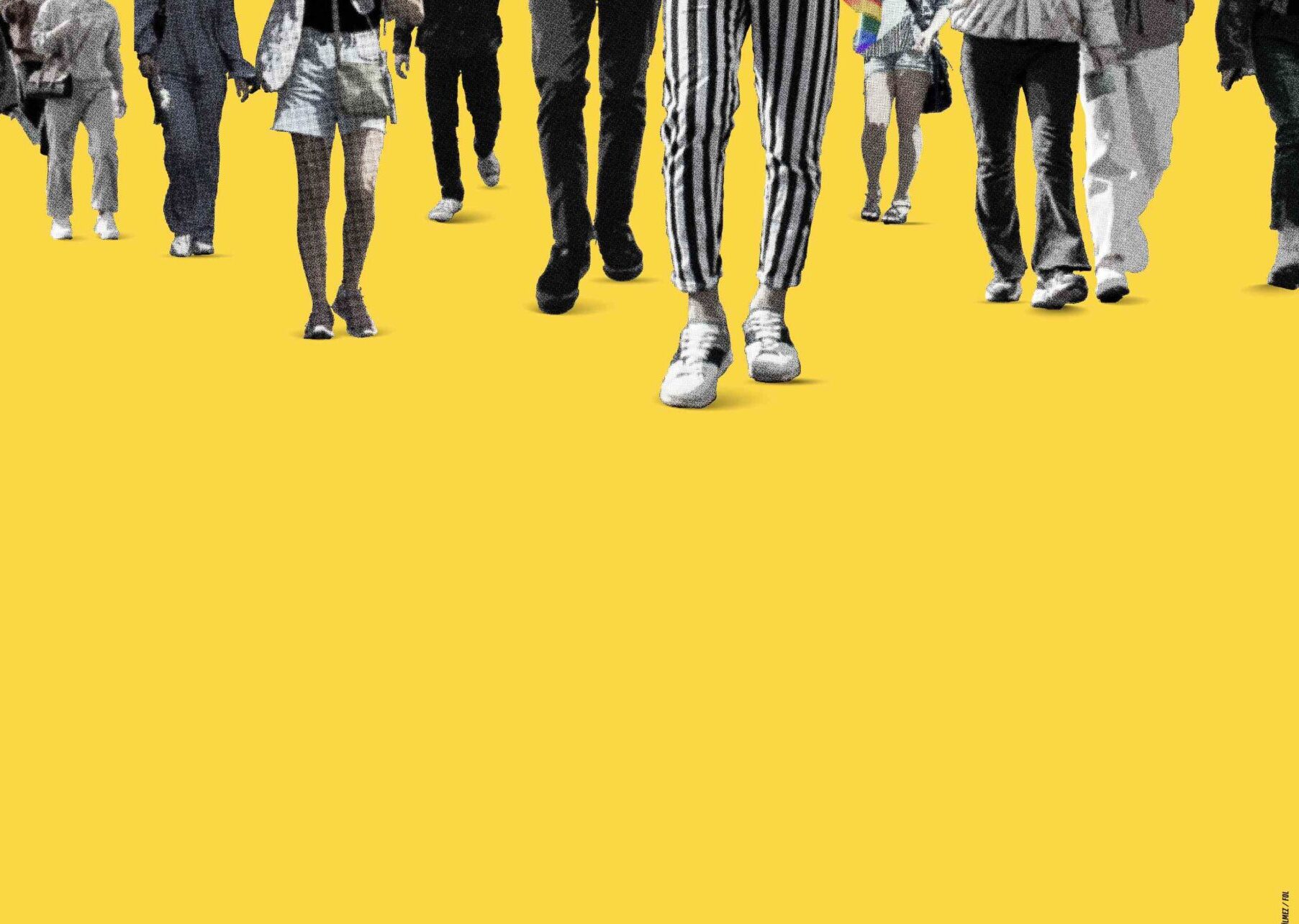Fiction, reality, and emotion… These ten films find a unique cinematic voice, inspired by their literary origins.
Adapting a novel to film is not simply about turning words into images. It involves reshaping a narrative’s form, rhythm, and even soul. While a novel may unfold as an introspective monologue, cinema turns it into a shared experience. The writer’s silent intuition becomes visual language, and a character’s inner voice is conveyed through an actor’s gaze. Adaptation gains meaning in this transition—it reconstructs the story as it moves between mediums.
Though literature and cinema are distinct disciplines, their relationship has always been fertile, controversial, and transformative. Adaptations do not only raise questions of fidelity but also of interpretation. Directors, screenwriters, and actors are tasked with rebuilding a writer’s world, making each adaptation a reinterpretation. Some films remain loyal to the source, while others turn it upside down to create new meanings.
The films in this selection—One Flew Over the Cuckoo’s Nest, The Color Purple, Atonement, Killers of the Flower Moon, Nomadland, and others—demonstrate how stories from different genres and eras are reimagined through cinema. Some stay close to the book, while others build entirely new structures from foundational ideas.
These transitions from book to screen shape generational memory. Sometimes we discover a novel through its film adaptation; sometimes we revisit a beloved book in visual form. In either case, adaptation extends a story’s lifespan—reviving it in new forms, for new minds.
Here are ten films that not only stand as cinematic achievements but also mark the thresholds where stories cross from page to screen. They invite us to reflect on what is preserved, what is left behind, and what is transformed.

One Flew Over the Cuckoo’s Nest (1975)
Ken Kesey’s novel explores freedom, madness, and authority within a mental hospital. Milos Forman’s adaptation, with Jack Nicholson as McMurphy, transforms the protagonist into one of cinema’s most iconic figures, remaining faithful to the book’s spirit.

The Age of Innocence (1993)
Edith Wharton’s Pulitzer-winning novel depicts New York high society and its repressive expectations. Martin Scorsese’s adaptation captures its emotional restraint through refined visual storytelling.
Snowpiercer (2013)
Based on the French graphic novel Le Transperceneige, Bong Joon-ho’s film expands the story into a global dystopia, transforming the original’s confined world into a visually striking class allegory
The Color Purple (1985)
Alice Walker’s novel portrays the struggles of African American women in early 20th-century America. Steven Spielberg’s film adaptation softens some of the book’s darker tones but retains its emotional power through epic storytelling.

Atonement (2007)
Ian McEwan’s novel examines misunderstanding, time, and regret. Joe Wright’s film reflects the book’s structure and mood, highlighted by its renowned single-take Dunkirk scene.
Nomadland (2020)
Jessica Bruder’s nonfiction book explores nomadic life in post-recession America. Chloé Zhao’s adaptation blends documentary realism with fiction, following Fern’s personal journey through economic uncertainty.

The Remains of the Day (1993)
Kazuo Ishiguro’s novel centers on a butler’s repressed emotions and regret. James Ivory’s faithful adaptation relies on subtle performances and visual quietude to express the story’s melancholy.
Hidden Figures (2016)
Margot Lee Shetterly’s book uncovers the true stories of Black women mathematicians at NASA. Theodore Melfi’s film dramatizes their overlooked contributions with energy and inspiration.
Killers of the Flower Moon (2023)
David Grann’s investigative book recounts the Osage murders and the FBI’s early days. Martin Scorsese’s film turns it into an epic tragedy, diving deep into the minds of both victims and perpetrators.

Trainspotting (1996)
Irvine Welsh’s novel captures addiction and nihilism in 1990s Scotland. Danny Boyle’s cult classic channels its punk spirit and sharp realism, creating a rare tonal match between literature and film.









